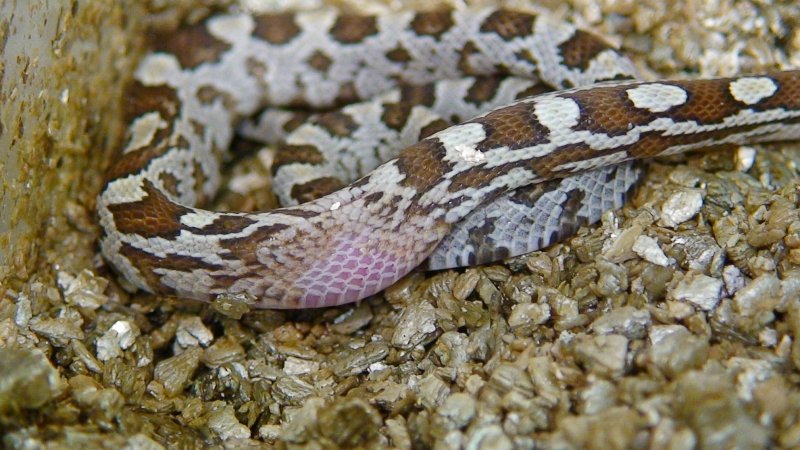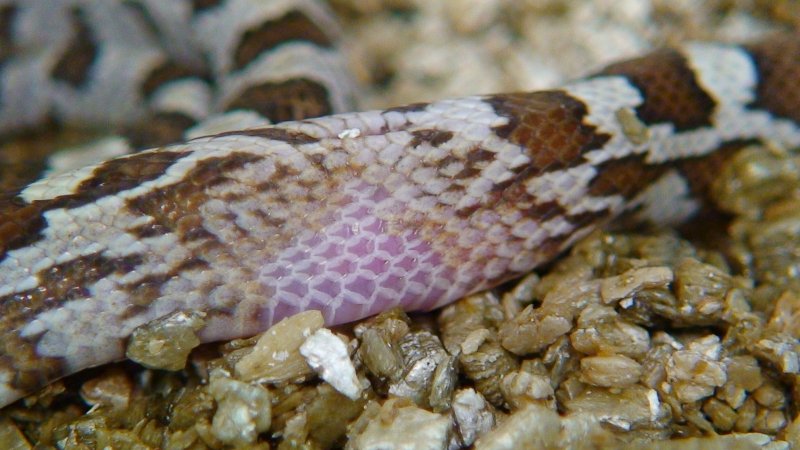crackerhead
Hug Free Zone
First let me say it's a very cool looking snake. I hope it proves out to be more than a fluke. Then I have a request. In your after shed pics, in the second photo there looks like there is a kink just to the front of the white area. It could just be the photo angle but could you run your finger down the spine and check? I'm curious because I always worry about genetic deformities linked with morphs. I would be devastated if this turned out to be a recessive gene with kinks as a side effect. Fingers crossed.
Congrats!:cheers:
Terri
Congrats!:cheers:
Terri


